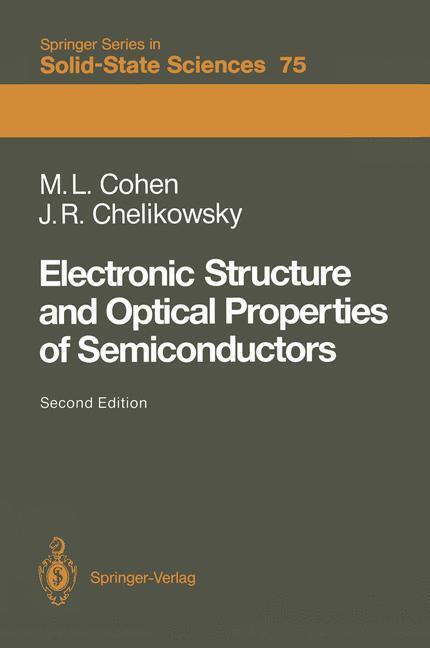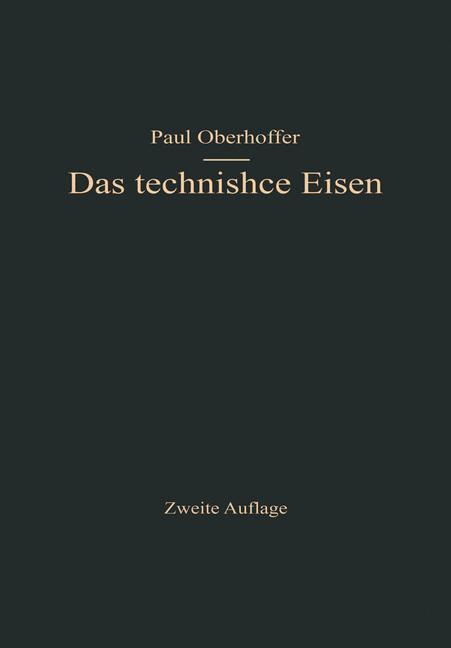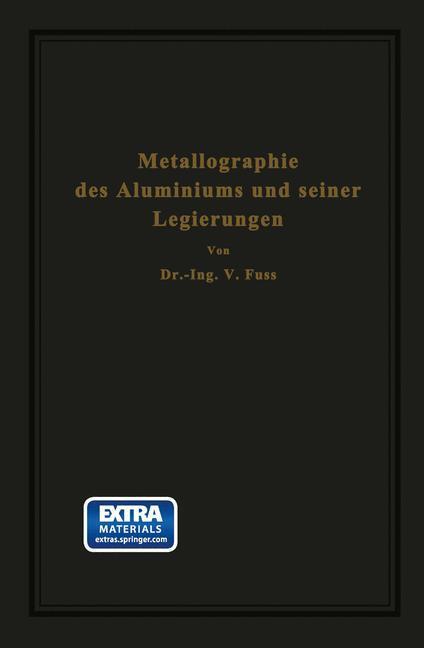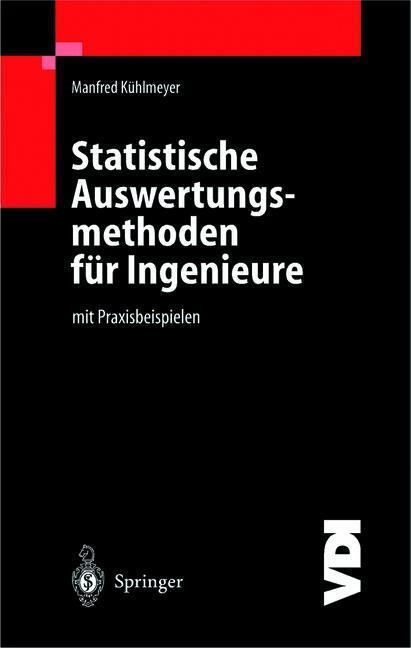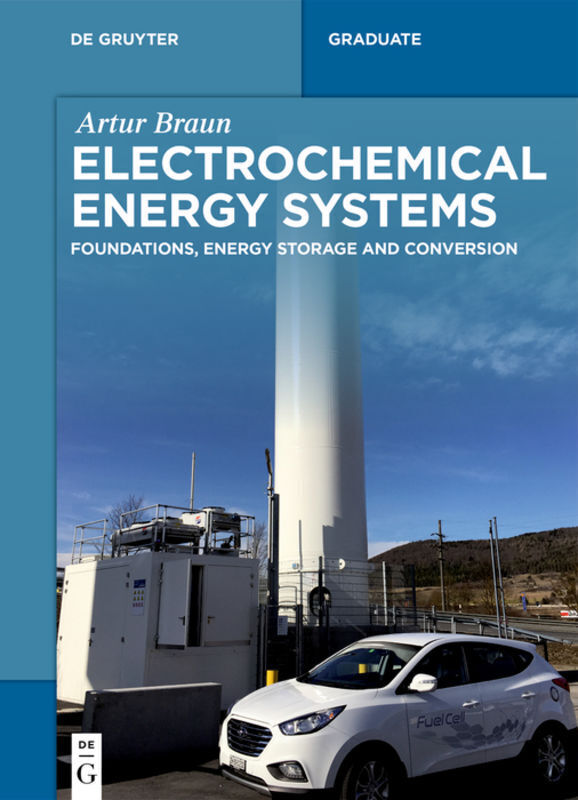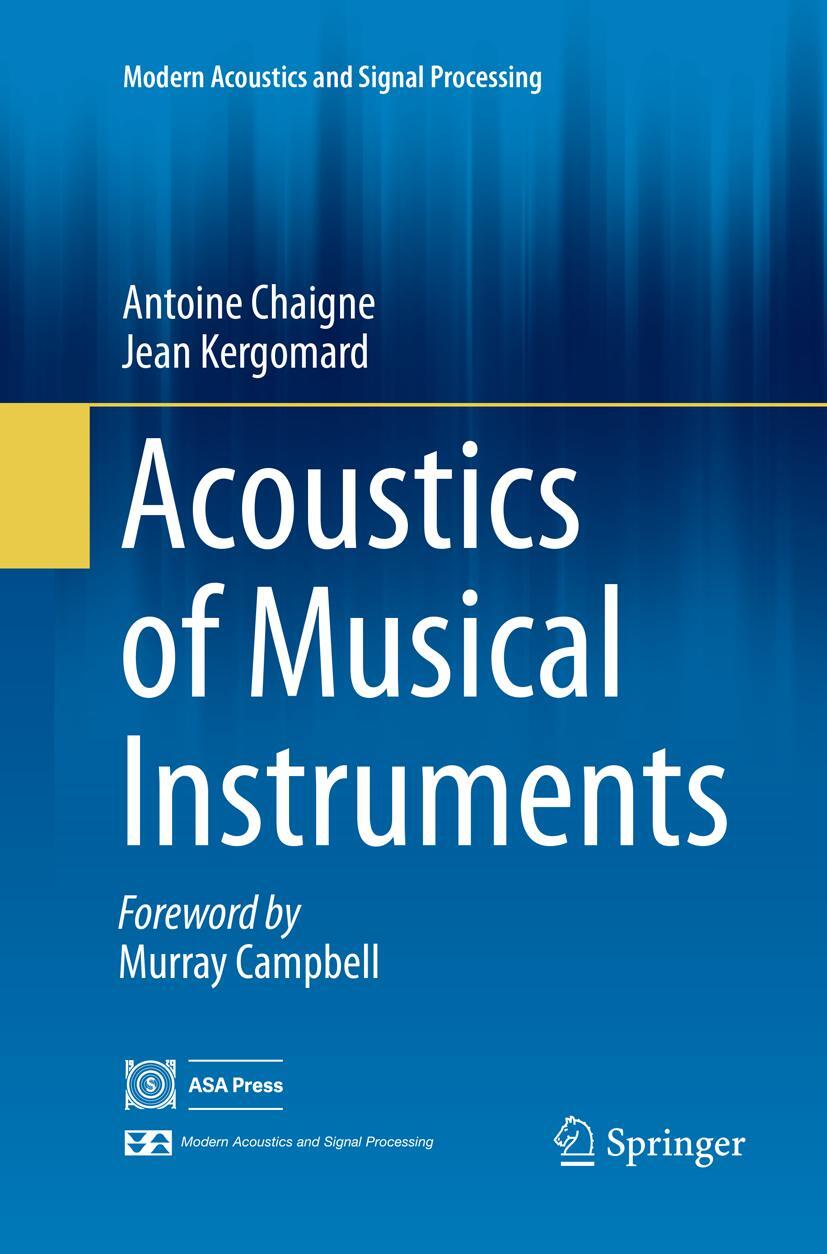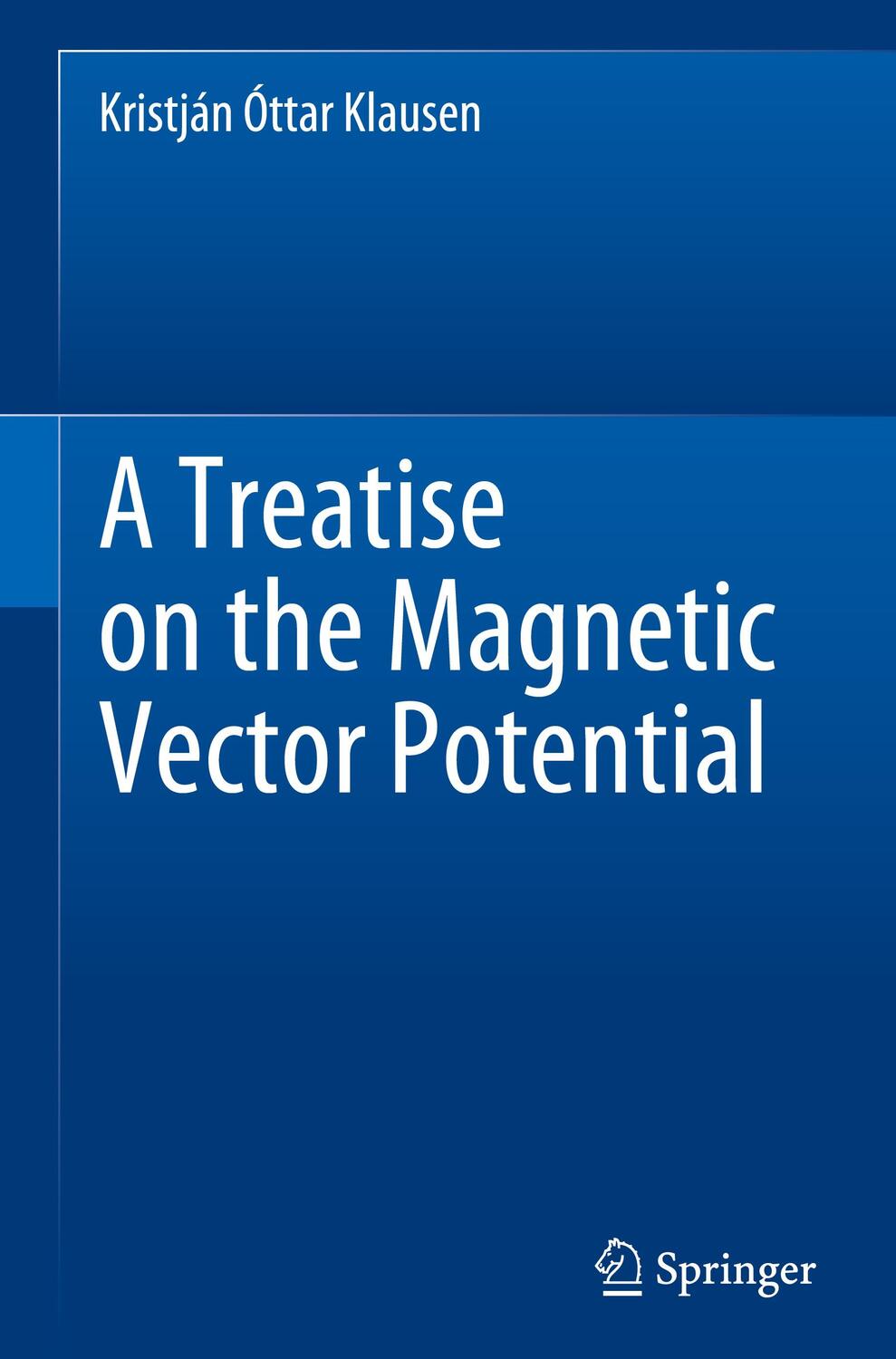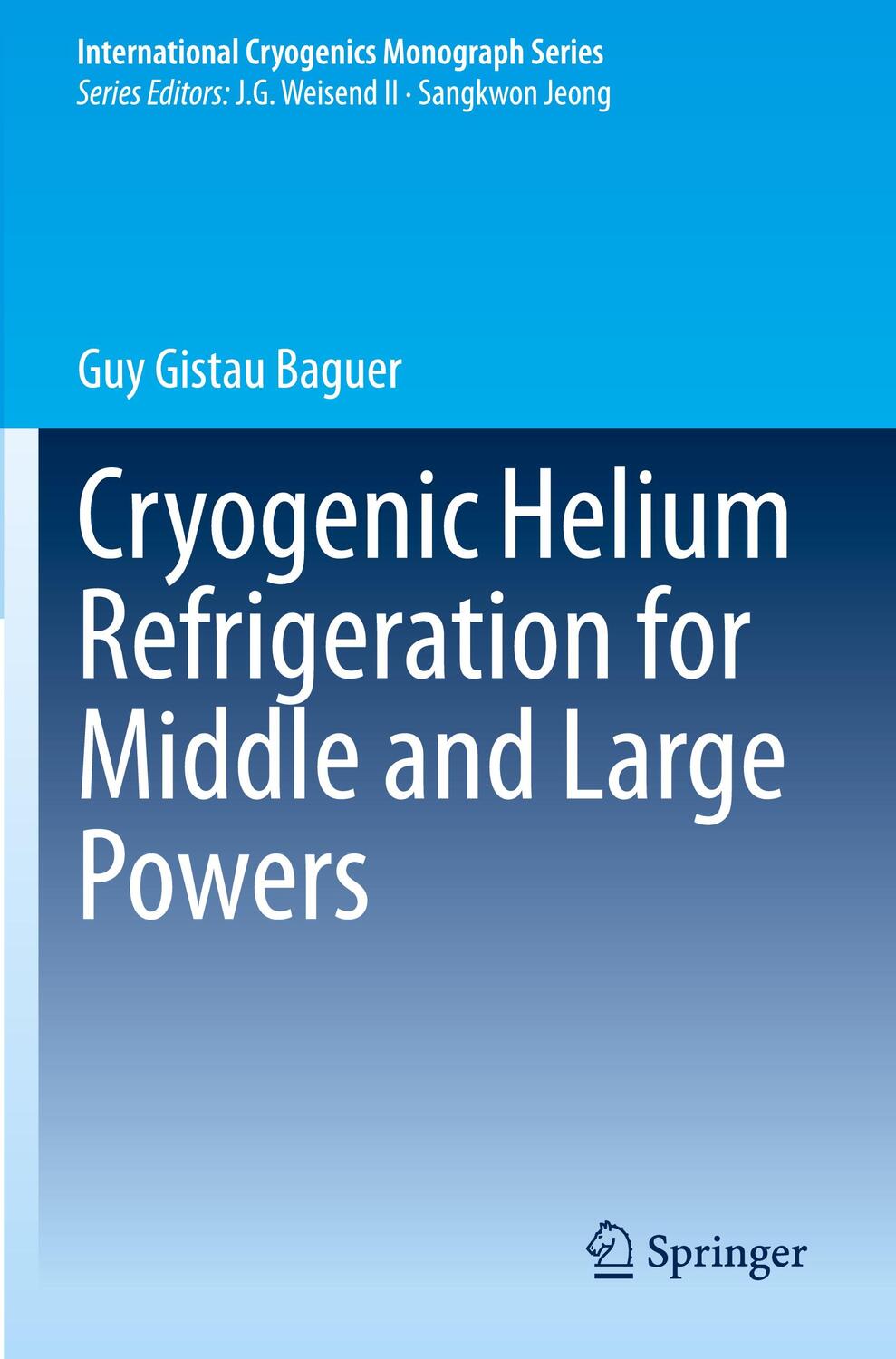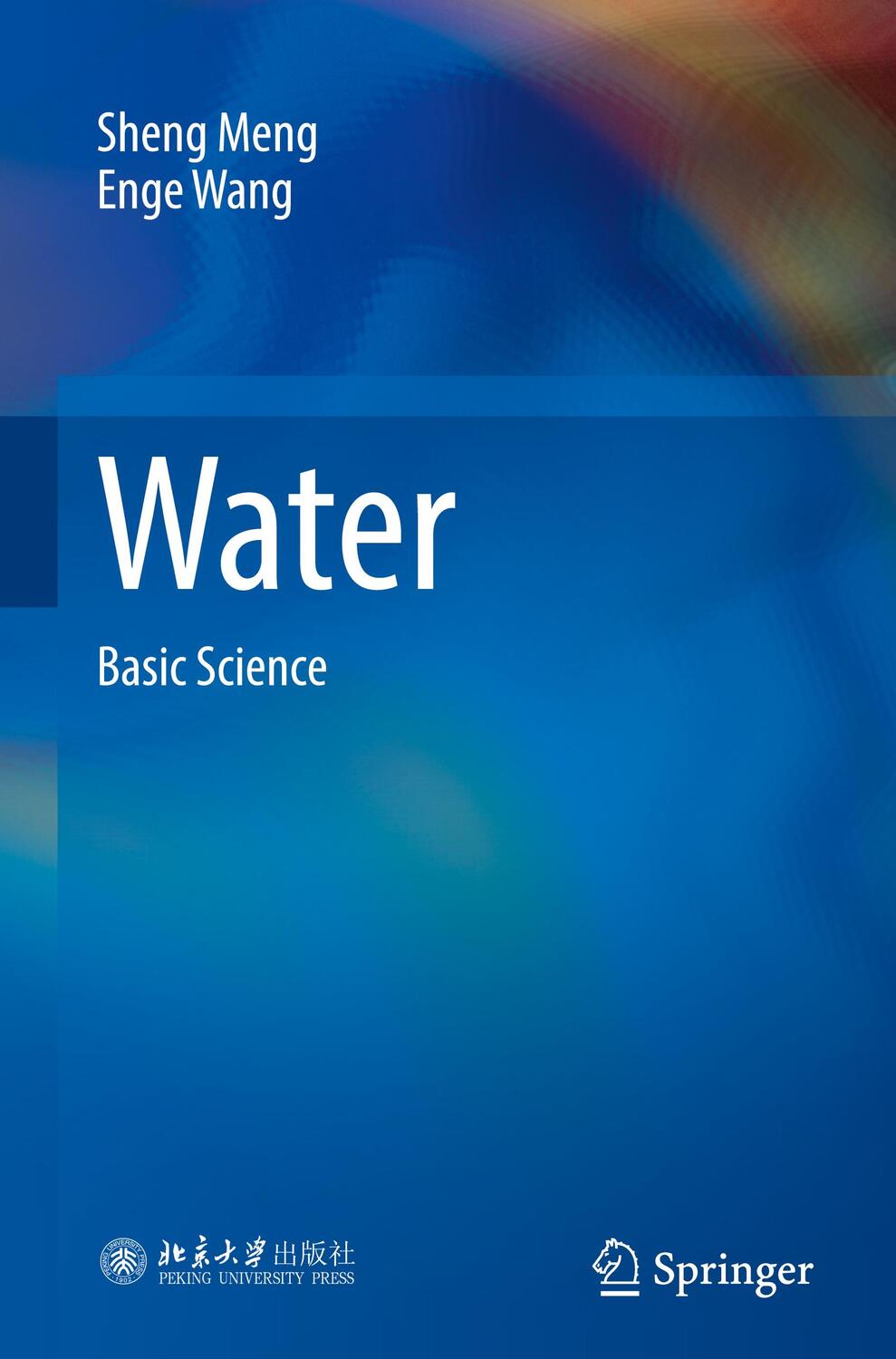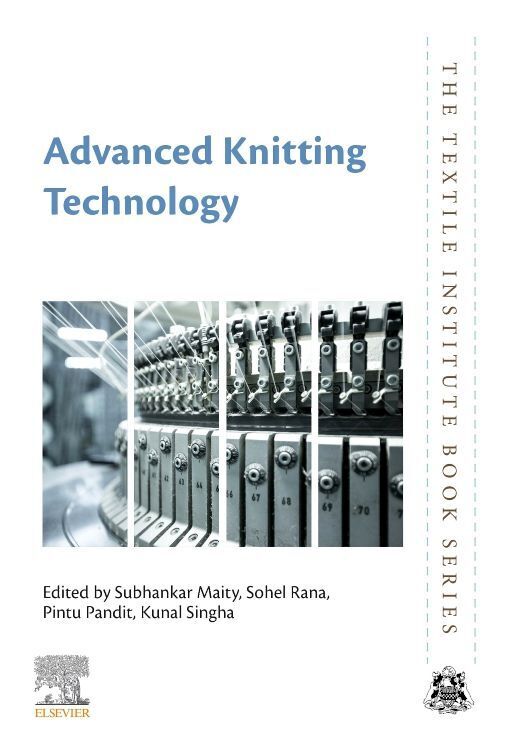Dekorationsartikel gehören nicht zum Leistungsumfang.
Sprache:
Englisch
55,20 €*
Versandkostenfrei per Post / DHL
Lieferzeit 1-2 Wochen
Kategorien:
Beschreibung
We began planning and writing this book in thc late [...] at thc ugge s stion of Manuel Cardona and Helmut Latsch. We also received considerable eo couragement and stimulation from colleagues. Same said there was a need for instructional material in tbis area while others emphasized thc utility of a research text. We tried to strike a compromise. Thc figures, tables, and rcferences are included to enable researchcrs to obt81o quickly essential information in this area of semiconductor research. For instructoTS and stu dents, we attempt to cover same basic ideas abaut electronic structure and semiconductor physics with applications to real, rather than model, solids. ~Ve \Vish to thank our colleagues and collaborators whose research rc sults and ideas are presented here. Special thanks are duc to Jim Phillips who illfluellced lIS hoth during ollr formative )'ears and afterwards. We are grateful to Sari Yamagishi for her patience and skill with the typing and production of the manuscript. Finally, we acknowledge the great patience of Helmut Lotsch and Manucl Cardona. llerkeley, CA M.L. Gehen ~·[inncapolis, MN, J.R, Chelikew"ky March 1988 VII Contents 1. Introduction 1 2. Theoretical Concepts and Methods .................... . 4 2.1 Thc One-Electron Model and Band Structure 7 2.2 Properties cf En(k) ......................... . 11 3. Pseudopotentials 16 3.1 The Empirical Pseudopotential Method .......... 20 3.2 Self-Consistent and Ab Initio Pseudopotentials ...... ..... 25 4. Response Functiolls and Density of States . ..
We began planning and writing this book in thc late [...] at thc ugge s stion of Manuel Cardona and Helmut Latsch. We also received considerable eo couragement and stimulation from colleagues. Same said there was a need for instructional material in tbis area while others emphasized thc utility of a research text. We tried to strike a compromise. Thc figures, tables, and rcferences are included to enable researchcrs to obt81o quickly essential information in this area of semiconductor research. For instructoTS and stu dents, we attempt to cover same basic ideas abaut electronic structure and semiconductor physics with applications to real, rather than model, solids. ~Ve \Vish to thank our colleagues and collaborators whose research rc sults and ideas are presented here. Special thanks are duc to Jim Phillips who illfluellced lIS hoth during ollr formative )'ears and afterwards. We are grateful to Sari Yamagishi for her patience and skill with the typing and production of the manuscript. Finally, we acknowledge the great patience of Helmut Lotsch and Manucl Cardona. llerkeley, CA M.L. Gehen ~·[inncapolis, MN, J.R, Chelikew"ky March 1988 VII Contents 1. Introduction 1 2. Theoretical Concepts and Methods .................... . 4 2.1 Thc One-Electron Model and Band Structure 7 2.2 Properties cf En(k) ......................... . 11 3. Pseudopotentials 16 3.1 The Empirical Pseudopotential Method .......... 20 3.2 Self-Consistent and Ab Initio Pseudopotentials ...... ..... 25 4. Response Functiolls and Density of States . ..
Inhaltsverzeichnis
Theoretical Concepts and Methods.- The One-Electron Model and Band Structure.- Properties of En (k).- Pseudopotentials.- The Empirical Pseudopotential Method.- Self-Consistent and Ab Initio Pseudopotentials.- Response Functions and Density of States.- Charge Density and Bonding.- Low Energy Probes of Semiconductors.- Band Gap Measurements.- Excitonic Effects Near Band Edges.- Cyclotron Resonance.- Doping Effects in Semiconductors.- Optical and Electronic Spectra of Semiconductors.- Modulation Spectroscopy.- High Energy Reflectivity Measurements.- Photoemission Spectra of Semiconductors.- Electron Energy Loss Spectroscopy for Semiconductors.- High Energy Probes of Semiconductors: X-Rays.- Crystal Structure Determinations.- Charge Density Determinations Using X-Rays.- Temperature Dependence of X-Ray Reflections.- Diamond and Zinc-Blende Structure Semiconductors.- Crystal Structure.- The Electronic Structure of Silicon.- The Electronic Structure of Germanium.- The Electronic Structure of Gray Tin.- Zinc-Blende Structure Semiconductors.- The Electronic Structure of Gallium Arsenide.- The Electronic Structure of Zinc Selenide.- The Electronic Structure of Other III-V and II-VI Semiconductors.- Wurtzite Structure Semiconductors.- The Electronic Structure of Hexagonal Zinc Sulfide.- The Electronic Structure of Hexagonal CdS and CdSe.- The Electronic Structure of Hexagonal ZnO.- Chalcopyrite Structure Semiconductors.- IV-VI Semiconductors.- Electronic Band Structure.- Applications of the Electronic Band Structure.- Triatomic, Layer, Chain, and Amorphous Models.- References.- Bibliography: Electronic Structure and Optical Properties of Semiconductors.- B.1 Properties of Semiconductors.- B.1.1 Charge Densities in Semiconductors.- B.1.2 Chemical Trends and Bonding in Semiconductors.- B.1.3 Compilation of Properties of Semiconductors.- B.1.4 Electronic Structure of Semiconductors.- B.1.5 Lattice Forces and Dynamics.- B.1.6 Optical and Dielectric Properties of Solids.- B.1.7 Photoemission and Electron Spectroscopies.- B.1.8 Temperature and Pressure Effects in Semiconductors.- B.2 General Semiconductor Articles.- B.2.1 II-VI Semiconductors.- B.2.2 III-V Semiconductors.- B.2.3 IV-IV Semiconductors.- B.2.4 IV-VI Semiconductors.- B.3 Chalcopyrite Semiconductors.- B.4 Properties of Specific Semiconductors.- B.4.1 Aluminum Antimonide.- B.4.2 Beryllium Oxide.- B.4.3 Bismuth Triiodide.- B.4.4 Cadmium Germanium Arsenide.- B.4.5 Cadmium Oxide.- B.4.6 Cadmium Selenide.- B.4.7 Cadmium Sulphide.- B.4.8 Cadmium Telluride.- B.4.9 Carbon.- B.4.10 Copper Bromide.- B.4.11 Copper Chloride.- B.4.12 Copper Iodide.- B.4.13 Gallium Antimonide.- B.4.14 Gallium Arsenide.- B.4.15 Gallium Phosphide.- B.4.16 Gallium Selenide.- B.4.17 Gallium Sulphide.- B.4.18 Gallium Telluride.- B.4.19 Germanium.- B.4.20 Germanium Telluride.- B.4.21 Indium Antimonide.- B.4.22 Indium Arsenide.- B.4.23 Indium Phosphide.- B.4.24 Lead Diiodide.- B.4.25 Lead Selenide.- B.4.26 Lead Sulphide.- B.4.27 Lead Telluride.- B.4.28 Magnesium Oxide.- B.4.29 Magnesium Silicide.- B.4.30 Mercury Selenide.- B.4.31 Mercury Sulphide.- B.4.32 Mercury Telluride.- B.4.33 Selenium.- B.4.34 Silicon.- B.4.35 Silver Chloride.- B.4.36 Silver Iodide.- B.4.37 Tellurium.- B.4.38 Tin.- B.4.39 Tin Diselenide.- B.4.40 Tin Disulphide.- B.4.41 Tin Telluride.- B.4.42 Zinc Germanium Phosphide.- B.4.43 Zinc Oxide.- B.4.44 Zinc Selenide.- B.4.45 Zinc Sulphide.- B.4.46 Zinc Telluride.
Details
| Erscheinungsjahr: | 1989 |
|---|---|
| Fachbereich: | Nachrichtentechnik |
| Genre: | Technik |
| Rubrik: | Naturwissenschaften & Technik |
| Medium: | Taschenbuch |
| Seiten: | 280 |
| Reihe: | Springer Series in Solid-State Sciences |
| Inhalt: |
xii
264 S. 2 s/w Illustr. 264 p. 2 illus. |
| ISBN-13: | 9783540513919 |
| ISBN-10: | 3540513914 |
| Sprache: | Englisch |
| Ausstattung / Beilage: | Paperback |
| Einband: | Kartoniert / Broschiert |
| Autor: |
Chelikowsky, James R.
Cohen, Marvin L. |
| Auflage: | Softcover reprint of the original 2nd ed. 1989 |
| Hersteller: |
Springer-Verlag GmbH
Springer Berlin Heidelberg Springer Series in Solid-State Sciences |
| Maße: | 235 x 155 x 16 mm |
| Von/Mit: | James R. Chelikowsky (u. a.) |
| Erscheinungsdatum: | 14.09.1989 |
| Gewicht: | 0,429 kg |
Inhaltsverzeichnis
Theoretical Concepts and Methods.- The One-Electron Model and Band Structure.- Properties of En (k).- Pseudopotentials.- The Empirical Pseudopotential Method.- Self-Consistent and Ab Initio Pseudopotentials.- Response Functions and Density of States.- Charge Density and Bonding.- Low Energy Probes of Semiconductors.- Band Gap Measurements.- Excitonic Effects Near Band Edges.- Cyclotron Resonance.- Doping Effects in Semiconductors.- Optical and Electronic Spectra of Semiconductors.- Modulation Spectroscopy.- High Energy Reflectivity Measurements.- Photoemission Spectra of Semiconductors.- Electron Energy Loss Spectroscopy for Semiconductors.- High Energy Probes of Semiconductors: X-Rays.- Crystal Structure Determinations.- Charge Density Determinations Using X-Rays.- Temperature Dependence of X-Ray Reflections.- Diamond and Zinc-Blende Structure Semiconductors.- Crystal Structure.- The Electronic Structure of Silicon.- The Electronic Structure of Germanium.- The Electronic Structure of Gray Tin.- Zinc-Blende Structure Semiconductors.- The Electronic Structure of Gallium Arsenide.- The Electronic Structure of Zinc Selenide.- The Electronic Structure of Other III-V and II-VI Semiconductors.- Wurtzite Structure Semiconductors.- The Electronic Structure of Hexagonal Zinc Sulfide.- The Electronic Structure of Hexagonal CdS and CdSe.- The Electronic Structure of Hexagonal ZnO.- Chalcopyrite Structure Semiconductors.- IV-VI Semiconductors.- Electronic Band Structure.- Applications of the Electronic Band Structure.- Triatomic, Layer, Chain, and Amorphous Models.- References.- Bibliography: Electronic Structure and Optical Properties of Semiconductors.- B.1 Properties of Semiconductors.- B.1.1 Charge Densities in Semiconductors.- B.1.2 Chemical Trends and Bonding in Semiconductors.- B.1.3 Compilation of Properties of Semiconductors.- B.1.4 Electronic Structure of Semiconductors.- B.1.5 Lattice Forces and Dynamics.- B.1.6 Optical and Dielectric Properties of Solids.- B.1.7 Photoemission and Electron Spectroscopies.- B.1.8 Temperature and Pressure Effects in Semiconductors.- B.2 General Semiconductor Articles.- B.2.1 II-VI Semiconductors.- B.2.2 III-V Semiconductors.- B.2.3 IV-IV Semiconductors.- B.2.4 IV-VI Semiconductors.- B.3 Chalcopyrite Semiconductors.- B.4 Properties of Specific Semiconductors.- B.4.1 Aluminum Antimonide.- B.4.2 Beryllium Oxide.- B.4.3 Bismuth Triiodide.- B.4.4 Cadmium Germanium Arsenide.- B.4.5 Cadmium Oxide.- B.4.6 Cadmium Selenide.- B.4.7 Cadmium Sulphide.- B.4.8 Cadmium Telluride.- B.4.9 Carbon.- B.4.10 Copper Bromide.- B.4.11 Copper Chloride.- B.4.12 Copper Iodide.- B.4.13 Gallium Antimonide.- B.4.14 Gallium Arsenide.- B.4.15 Gallium Phosphide.- B.4.16 Gallium Selenide.- B.4.17 Gallium Sulphide.- B.4.18 Gallium Telluride.- B.4.19 Germanium.- B.4.20 Germanium Telluride.- B.4.21 Indium Antimonide.- B.4.22 Indium Arsenide.- B.4.23 Indium Phosphide.- B.4.24 Lead Diiodide.- B.4.25 Lead Selenide.- B.4.26 Lead Sulphide.- B.4.27 Lead Telluride.- B.4.28 Magnesium Oxide.- B.4.29 Magnesium Silicide.- B.4.30 Mercury Selenide.- B.4.31 Mercury Sulphide.- B.4.32 Mercury Telluride.- B.4.33 Selenium.- B.4.34 Silicon.- B.4.35 Silver Chloride.- B.4.36 Silver Iodide.- B.4.37 Tellurium.- B.4.38 Tin.- B.4.39 Tin Diselenide.- B.4.40 Tin Disulphide.- B.4.41 Tin Telluride.- B.4.42 Zinc Germanium Phosphide.- B.4.43 Zinc Oxide.- B.4.44 Zinc Selenide.- B.4.45 Zinc Sulphide.- B.4.46 Zinc Telluride.
Details
| Erscheinungsjahr: | 1989 |
|---|---|
| Fachbereich: | Nachrichtentechnik |
| Genre: | Technik |
| Rubrik: | Naturwissenschaften & Technik |
| Medium: | Taschenbuch |
| Seiten: | 280 |
| Reihe: | Springer Series in Solid-State Sciences |
| Inhalt: |
xii
264 S. 2 s/w Illustr. 264 p. 2 illus. |
| ISBN-13: | 9783540513919 |
| ISBN-10: | 3540513914 |
| Sprache: | Englisch |
| Ausstattung / Beilage: | Paperback |
| Einband: | Kartoniert / Broschiert |
| Autor: |
Chelikowsky, James R.
Cohen, Marvin L. |
| Auflage: | Softcover reprint of the original 2nd ed. 1989 |
| Hersteller: |
Springer-Verlag GmbH
Springer Berlin Heidelberg Springer Series in Solid-State Sciences |
| Maße: | 235 x 155 x 16 mm |
| Von/Mit: | James R. Chelikowsky (u. a.) |
| Erscheinungsdatum: | 14.09.1989 |
| Gewicht: | 0,429 kg |
Warnhinweis

